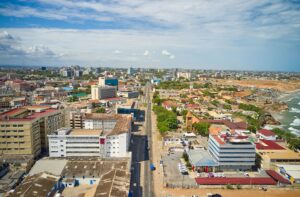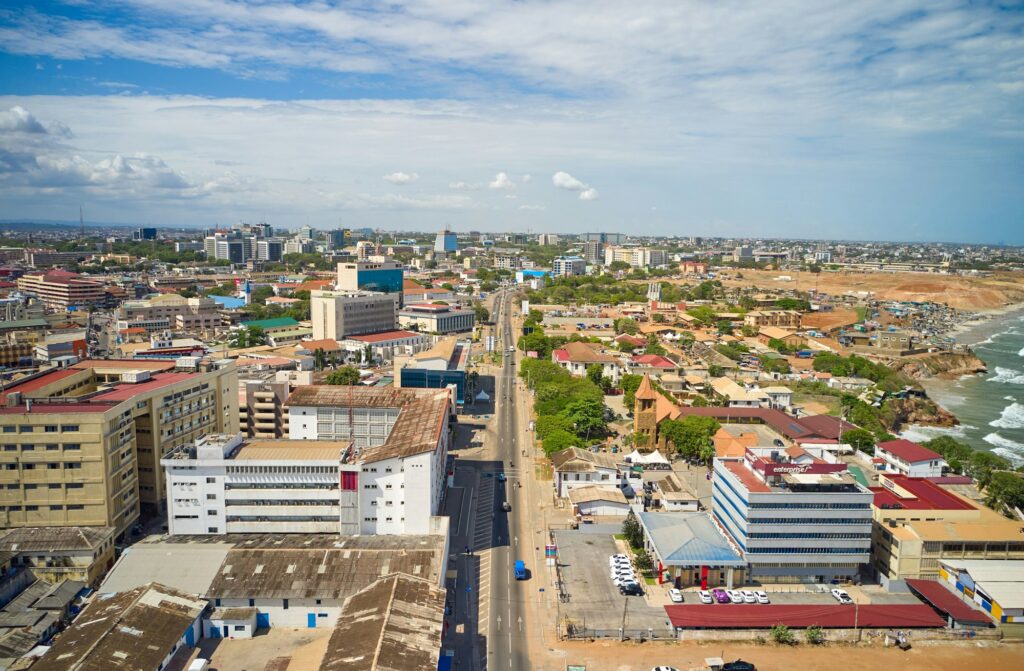Introduction
Ghana’s architectural landscape is a vibrant mix of traditional designs, colonial influences, and modern innovations. The building design sector in Ghana is evolving rapidly, driven by economic growth, urbanization, and a growing middle class. This article explores the unique nature and landscape of building design in Ghana, highlighting key trends, challenges, and future opportunities.

Historical Landscape
Ghana’s architectural heritage reflects its rich cultural history. Traditional building designs, characterized by the use of local materials such as mud, thatch, and timber, are still prevalent in rural areas. These structures are often built using techniques passed down through generations, with designs that are well-suited to the local climate and environment. The influence of colonial architecture, particularly from the British era, is also evident in many of Ghana’s older buildings, featuring styles such as Victorian, Edwardian, and Art Deco.

Modern Trends
In recent years, the building design landscape in Ghana has been marked by a blend of tradition and modernity. Key trends include:
- Sustainable Design: With increasing awareness of environmental issues, sustainable building practices are gaining traction. Architects are incorporating eco-friendly materials and energy-efficient technologies into their designs. Green building certifications are becoming more common as developers strive to meet global standards.
- Urbanization and High-Rise Buildings: Rapid urbanization has led to the development of high-rise buildings, particularly in Accra and other major cities. These structures are designed to accommodate the growing urban population and maximize limited space.
- Smart Buildings: The integration of technology in building design is another emerging trend. Smart buildings equipped with advanced systems for energy management, security, and communication are becoming more popular.
- Mixed-Use Developments: There is a growing trend towards mixed-use developments that combine residential, commercial, and recreational spaces. These designs aim to create self-sufficient communities that reduce the need for long commutes and enhance the quality of life.
Challenges
Despite the progress, the building design sector in Ghana faces several challenges:
- Infrastructure Deficits: Inadequate infrastructure, such as unreliable electricity and water supply, can hinder the implementation of modern building designs.
- Cost of Materials: The high cost of imported building materials can make construction expensive, limiting the ability of developers to incorporate advanced design features.
- Skilled Labor Shortage: There is a shortage of skilled labor in the construction industry, which can affect the quality and efficiency of building projects.
- Regulatory Issues: Navigating the regulatory environment can be complex, with bureaucratic hurdles potentially delaying projects.
Future Opportunities
The future of building design in Ghana is promising, with numerous opportunities for growth and innovation:
- Renewable Energy Integration: The integration of renewable energy sources, such as solar power, into building designs can help address energy supply issues and reduce costs.
- Local Material Use: Promoting the use of locally sourced materials can reduce construction costs and support sustainable building practices.
- Education and Training: Investing in education and training for architects, engineers, and construction workers can help address the skilled labor shortage.
- Public-Private Partnerships: Collaborations between the government and private sector can facilitate large-scale infrastructure projects and improve regulatory frameworks.
Conclusion
The nature and landscape of building design in Ghana are evolving, reflecting a blend of traditional practices and modern innovations. While challenges remain, there are significant opportunities for growth and development in this sector. By embracing sustainable practices, leveraging technology, and investing in local resources, Ghana can continue to advance its architectural landscape and improve the quality of life for its citizens.




